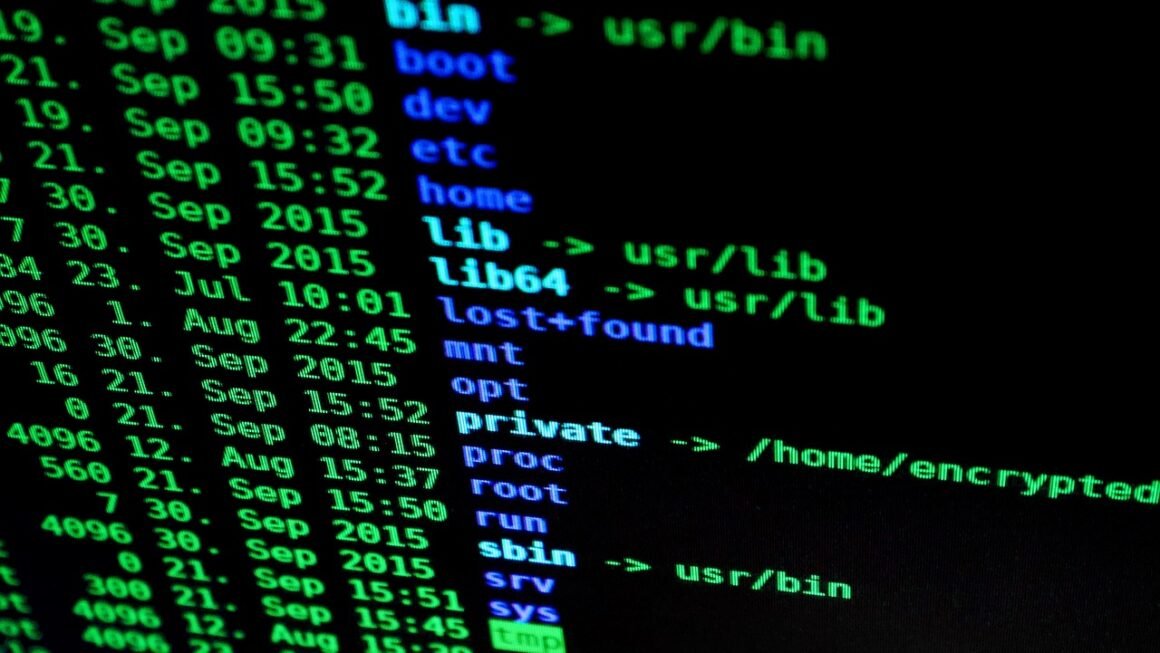Navigating the world of digital assets can feel like charting unexplored territory. Among the various cryptocurrencies and blockchain-based innovations, security tokens stand out as a particularly interesting and regulated approach to fundraising and asset ownership. This article delves into the world of security tokens, exploring their characteristics, benefits, and real-world applications, providing a comprehensive understanding of this evolving space.
Understanding Security Tokens
What are Security Tokens?
Security tokens are digital representations of ownership in an asset, such as equity in a company, debt, or even real estate. They are issued on a blockchain and subject to securities regulations, unlike utility tokens, which provide access to a product or service. This means they are treated like traditional securities, offering investors legal rights and protections.
- Security tokens represent fractional ownership.
- They are compliant with securities laws like those of the SEC in the US.
- They offer enhanced transparency and efficiency compared to traditional securities.
How do Security Tokens Differ from Utility Tokens and Cryptocurrencies?
The key difference lies in their purpose and regulatory treatment.
- Security Tokens: Represent ownership or debt and are subject to securities regulations. They typically promise a return on investment, such as dividends or capital appreciation.
- Utility Tokens: Grant access to a product or service on a specific platform. They are not designed as investments and are often not subject to the same stringent regulations.
- Cryptocurrencies (e.g., Bitcoin, Ethereum): Are designed to be used as a medium of exchange. While some may function as stores of value, they generally don’t represent ownership in an asset or company.
For example, a security token could represent a share in a real estate investment trust (REIT), while a utility token could be used to pay for storage on a decentralized cloud storage platform. Bitcoin, on the other hand, is primarily a decentralized digital currency.
The Benefits of Security Tokens
Enhanced Liquidity
One of the most significant advantages of security tokens is their potential to increase liquidity in traditionally illiquid assets. By fractionalizing ownership and making it easily tradable on blockchain-based exchanges, assets like real estate or private equity become more accessible to a wider range of investors.
- Lower barriers to entry for investors.
- Faster and more efficient trading compared to traditional markets.
- Increased market access for companies seeking capital.
Increased Transparency and Efficiency
Blockchain technology provides inherent transparency and efficiency benefits. Security token transactions are recorded on a distributed ledger, providing an immutable record of ownership and transaction history. This can reduce fraud and streamline processes like settlement and reconciliation.
- Reduced operational costs through automation.
- Improved compliance with regulatory requirements.
- Greater transparency for investors.
Automated Compliance
Security tokens can be programmed with compliance requirements directly into the token itself. This means that certain rules, such as restrictions on who can purchase the token (accredited investors only, for example), can be automatically enforced, reducing the risk of non-compliance.
- Reduced reliance on intermediaries for compliance.
- Lower costs associated with regulatory oversight.
- Increased investor confidence.
The Security Token Offering (STO) Process
Preparing for an STO
Launching a successful STO requires careful planning and execution.
- Legal Compliance: Engaging with legal counsel is crucial to ensure compliance with all applicable securities regulations. This involves determining the appropriate regulatory framework (e.g., Reg D, Reg A+, Reg S in the US) and preparing the necessary documentation.
- Tokenization Platform Selection: Choosing the right platform for tokenizing the asset is essential. Consider factors like security, scalability, and regulatory compliance features. Examples of platforms include Polymath, TokenSoft, and Securitize.
- Marketing and Investor Relations: Building a strong marketing strategy to attract investors is key. This involves creating compelling marketing materials, engaging with the investor community, and building trust in the project.
The STO Launch
Once the preparation is complete, the STO can be launched. This typically involves:
- Token Creation: Minting the security tokens on the chosen blockchain platform.
- Offering and Distribution: Offering the tokens to investors through a regulated exchange or directly through a private placement.
- Post-STO Management: Managing tokenholder relations, distributing dividends (if applicable), and ensuring ongoing compliance.
Example: Real Estate Tokenization
Imagine a large commercial property being tokenized. The property’s ownership is divided into thousands of security tokens. Investors can purchase these tokens representing fractional ownership in the property. Dividends from rental income are then automatically distributed to token holders via smart contracts, streamlining the payment process.
Challenges and Considerations
Regulatory Uncertainty
The regulatory landscape surrounding security tokens is still evolving. Different jurisdictions have different approaches to regulating digital securities, creating uncertainty and complexity for issuers. Staying informed about the latest regulatory developments is crucial.
- Keep up with rulings from agencies like the SEC and FINRA.
- Consult with legal experts to understand the specific regulations in each jurisdiction.
- Lobby for clearer and more consistent regulatory frameworks.
Adoption and Liquidity
While security tokens offer the potential for increased liquidity, their adoption is still relatively nascent. Building a robust ecosystem of exchanges and market participants is essential to realizing the full potential of security tokens.
- Promote awareness and education about security tokens.
- Encourage the development of user-friendly trading platforms.
- Foster collaboration between issuers, exchanges, and regulators.
Security and Cybersecurity
Given the value represented by security tokens, security and cybersecurity are paramount. Issuers must implement robust security measures to protect against hacking and theft.
- Conduct regular security audits.
- Implement multi-factor authentication.
- Store private keys securely.
Conclusion
Security tokens represent a significant evolution in how assets are managed and traded. By leveraging blockchain technology and adhering to securities regulations, they offer the potential for increased liquidity, transparency, and efficiency. While challenges remain, such as regulatory uncertainty and the need for greater adoption, the future of security tokens looks promising as they continue to bridge the gap between traditional finance and the world of digital assets. Their compliant nature and potential for automation make them an attractive option for companies looking to raise capital and investors seeking access to a wider range of investment opportunities.



